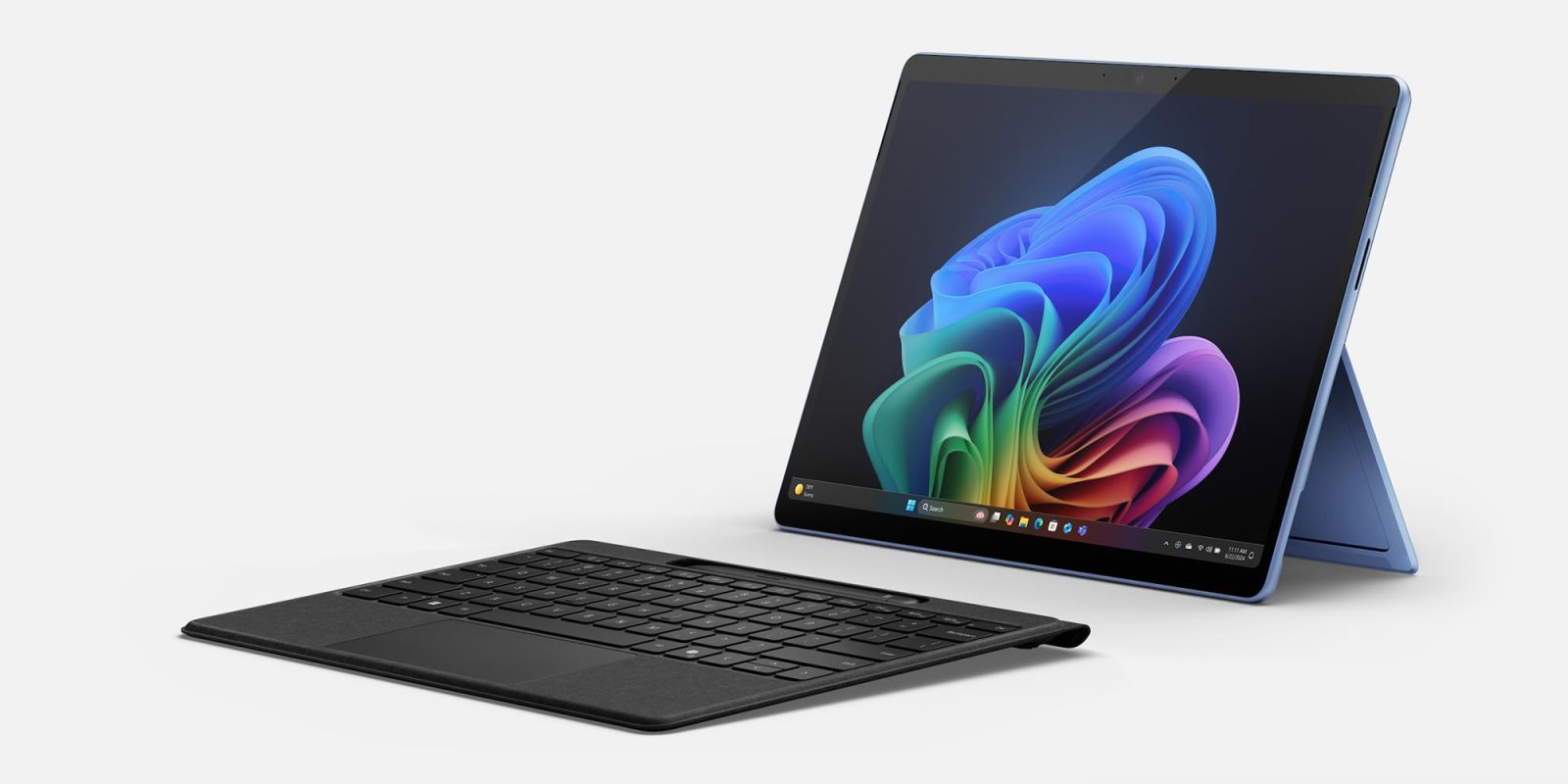
Microsoft Surface ARM laptops powered by the latest Qualcomm Snapdragon X Elite X1E-80-100 chip claim to match or beat Apple Silicon machines. Tests show that they (mostly) beat the MacBook Air, but not last year’s MacBook Pro models.
Comparative benchmark tests do reveal that the chip offers extremely impressive performance, leaving both Intel and AMD behind …
Arm PCs versus M3 MacBook Air
Microsoft was right about one thing back in April. The company said it was confident that its upcoming Arm-powered Windows laptops would beat the performance of the M3 MacBook Air.
A comprehensive set of benchmark tests by The Verge confirm that the latest Microsoft Surface laptops do indeed generally out-perform the latest Air. The same is true of all the other Windows laptops powered by the same chip, which includes models from Dell, Lenovo, Acer, and Samsung.
Even there, however, the site notes that the MacBook Air still came out ahead some of the time.
This is the fiercest Microsoft has been able to compete with MacBooks in price, performance, and battery life, and while Qualcomm’s Snapdragon chips don’t outright beat Apple’s M3 chip (with an eight-core CPU and 10-core GPU) in every single one of our benchmarks, they could make Intel and AMD scramble to catch up to another competitor — this time, on their home turf.
But a different story with the MacBook Pro
When it comes to the two chip generations of 2023 MacBook Pro, however, it’s another matter.
The 16-core M3 Max far outpaces the rest of the field, and the 12-core M2 Max is slightly faster in Cinebench 2024 multicore than the fastest X Elite chips.
The same is true when looking at GPU performance.
Integrated GPUs aren’t great for gaming, 3D rendering, or any other heavy graphical workloads, and that includes all of Qualcomm’s Snapdragon X chips. (Apple’s integrated GPUs are an exception, especially as they scale up; the massive 40-core GPU on the MacBook Pro M3 Max blows past AMD, Intel, and Qualcomm.)
Microsoft’s x86 emulator doesn’t compare
Just as Apple Silicon Macs need an emulator to run some older apps that rely on an Intel processor, so too do Arm PCs.
Microsoft claimed back in April that its Prism x86 emulator would be faster than Apple’s Rosetta 2, but it appears that very much isn’t the case.
We tested all the Snapdragon laptops using the emulated x86 version of Blender, a popular free 3D modeling and rendering program that’s a core part of our benchmarking suite […]
While the CPU rendering times with the Arm64 version were within a minute of integrated GPU rendering times on the Intel Arc, and near identical to the AMD Radeon 780M, it still took over four times longer than the base MacBook Air M3.
Battery life is close, but still behind
Another Microsoft claim which didn’t hold up was that its latest machines would offer 20% more battery life than the 15-inch MacBook Air.
When I tested the latest 13- and 15-inch MacBook Airs, they lasted about 18 hours on a charge when I used them as I normally would during a regular week, with the display brightness set as close to 200 nits as possible. None of the Snapdragon laptops’ batteries lasted 18 hours like the M3 Air, but most weren’t far behind, averaging 14 to 16 hours.
9to5Mac’s Take
There’s no doubt that the latest Snapdragon chip is incredibly impressive. Beating out the M3 MacBook Air – even if not on every metric – is no small achievement. Doing so while getting close to the same battery life is an even bigger one.
We’re also soon likely to see Intel and AMD getting into the same performance and battery life territory, and possibly beating Qualcomm, as both are following Apple’s lead in incorporating RAM into the processor.
But the MacBook Pro shows that Apple remains ahead in the race for now, and that’s before any M4 version emerges.
All of this competition is great news for Mac users: The closer the competition gets to catching up, the more incentive there is for Apple to keep pushing the boundaries.
Photo: Microsoft
FTC: We use income earning auto affiliate links. More.

 6 months ago
46
6 months ago
46








 English (US) ·
English (US) ·